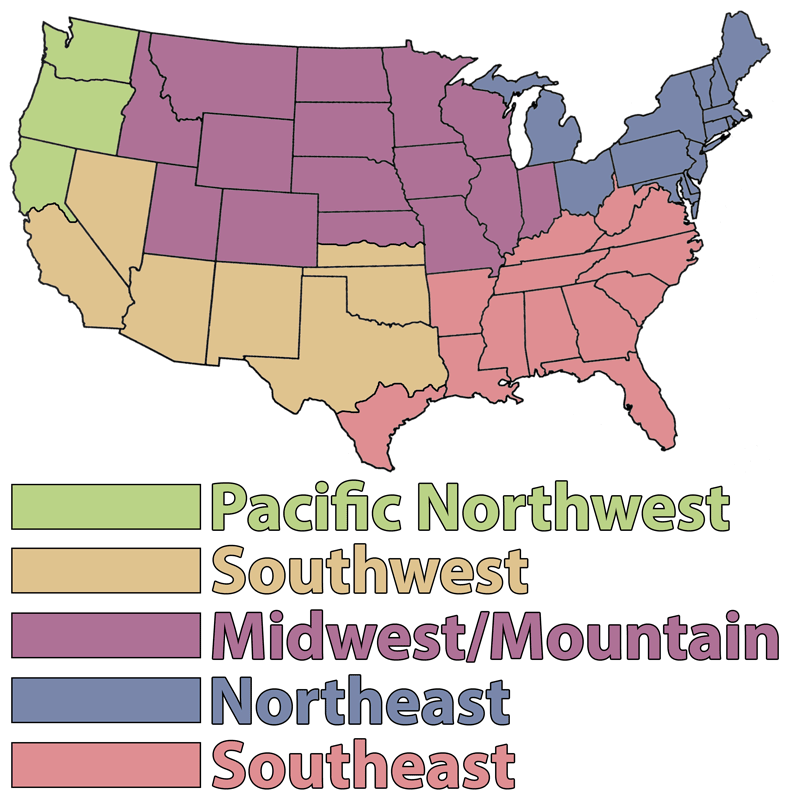Prune frost-sensitive citrus trees after new spring growth. Plant new citrus trees.
Gardening "To Do" Tips by Month for Santa Barbara, CA
Beware of pests that are attracted to new growth, such as aphids and cutworms.
Fertilize cool-season lawns, such as bluegrass and ryegrass. Do not fertilize warm-season lawn grasses yet.
Continue fertilizing established roses, watering the day before and after application.
Now is the time to plant almost every kind of landscape plant. Remember, the sooner you plant, the sooner your plants will become established.
Water lawns and gardens deeply once to twice a week, depending on the amount of rain. Do not overwater.
To help avoid weeds in your lawn, establish a regular mowing schedule now. Avoid mowing your lawn when it is wet, however, to prevent the spread of fungal problems.
Prune evergreen and summer-flowering trees and shrubs. Prune spring-flowering shrubs only after they finish blooming.
Divide and replant summer- and fall-blooming perennials.
Add new flowers to your garden, such as bee balm, black-eyed Susan, cosmos, marigold, sunflower, and zinnia.
Finish planting any cool-season vegetables, such as beets, carrots, cabbage, peas, and potatoes.
Summer vegetables can begin to be sown toward the end of the month: beans (lima and snap), corn, cucumbers, melons (cantaloupe, muskmelon, and watermelon), okra, green onions, peanuts, pumpkins, summer squashes, and sunflowers.
Plant transplants such as: artichokes, eggplants, peppers, and tomatoes.
Plant herbs such as: basil, chamomile, chives, lavender, marjoram, mint, oregano, parsley, sage, savory, thyme, and yarrow.
Apply mulch around the base of edibles and flowers to conserve moisture (and prevent weeds).
Fertilize deciduous fruit trees when they leaf out.
Once the fruit on your trees set, thin out the fruit to about 6 inches apart. This thinning encourages the fruit to grow bigger.

